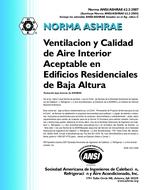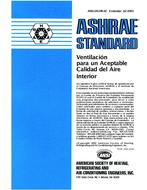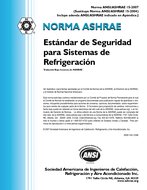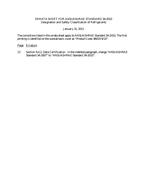Description
It seems that buying an energy management and control system (EMCS) today is similar to buying transportation. Will it be a unicycle or a supersonic jet transport? With the system hardware and software capabilities available today, if the system being controlled is major in size or if there is a critical control sequence, the inclusion of DDC will enhance the system operation and will reduce energy consumption.
DDC in itself is not a panacea. Many folks say their system has DDC when, in fact, it is a very abbreviated form of control compared to a full-blown DDC system that includes PID algorithms (proportional, integral, and derivative), with heuristic ability (self-learning from previous results) and operator changeable variables for each input characteristic. A properly designed and installed system provides a user friendly interface between the operator and the field. This system will also maintain the desired control point with very little offset from the set point.
In this paper, DDC means “direct digital control,†where the position of the controlled device (damper actuator, control valve, motor-speed controller, etc.) is tinder direct control of the digital computer, whether through an electric-to-pneumatic transducer, an electric-to-electric transducer, an electric stepping-to-analog output transducer, or a direct, digitally-controlled actuator.
In this paper, the author will present various benefits of DDC and indicate control sequences that will result in energy savings. In addition, he will indicate areas of possible concern and how to avoid those pitfalls.
Citation: Symposium, ASHRAE Transactions, 1984, vol. 90, pt. 2B, Kansas City, MO
Product Details
- Published:
- 1984
- Number of Pages:
- 5
- File Size:
- 1 file , 380 KB
- Product Code(s):
- D-KC-84-15-1




